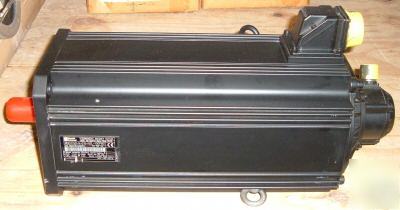What is a servo motor? You may be around servos everyday, but not really know what a servo motor is. In the same way that you don’t need to know how a car is built in order to drive one, you don’t necessarily need to know what a servo motor is in order to put servos to work. However, understanding how a servo motor works can be useful.
A servo motor is used to create movement in machinery. The servo receives a command to produce motion, the speed and position of which it then regulates in response to feedback.
Servo motors are a part of a motion control system. The system includes the controller, drive, encoder, servo motor, operator interface, and the servo mechanism (or the thing that the servo motor moves). A linear actuator or rotary actuator are examples of a servo mechanisms that might be used in motion control.
There are a few identifying features of servo motors. Servos are known for their incredible speed, power, and versatility. These features are made possible by the use of rare earth magnets made of neodymium iron boron. These rare earth magnets increase servo magnet strength by 200-300 percent.
Servos allow for precise control and swift response to commands. Servo motors can be hydraulic, pneumatic, or electromechanical. (We specialize in electromechanical.)
One important thing to know about servo motors is that they do not operate on their own. A servo follows commands from other components, like a drive or feedback encoder.
A servo motor is powered by a servo amplifier (we know this as a servo drive). Think of it as the driving force behind the servo motor. The drive receives commands for torque, speed, or position and relays that information to the motor. The servo drive gets this information from the servo controller.
A servo controller does exactly what the name suggests. It controls what the servo motor does. The servo drive and servo controller may have unimaginative names, but they’re essential to the motion control system.
Another necessary component is the encoder. Sensors in the encoder send information back to the drive. The drive then makes adjustments to speed, position, or torque based on the data, and sends that information to the servo motor.
This responsive system is what makes servo motors ideal for manufacturing and industrial automation.
